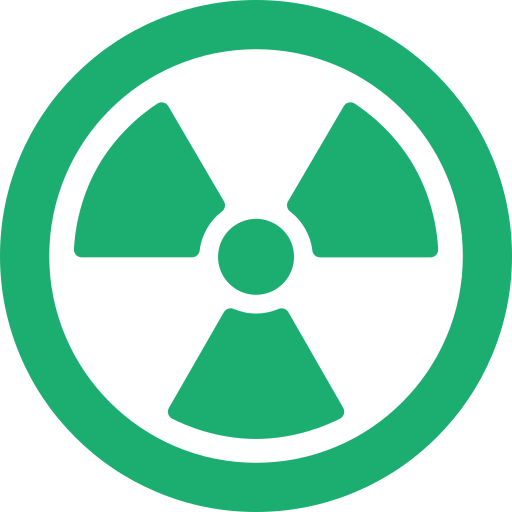Liquid Penetrant Testing (PT), also known as dye penetrant testing or liquid penetrant inspection, is a widely used non-destructive testing (NDT) technique designed to detect surface-breaking defects in various materials. It is a relatively simple but effective method that can be applied to a wide range of industries.
BENEFITS
-
- Sensitivity: PT is highly sensitive to surface defects, including fine cracks, porosity, laps, seams, and other discontinuities that may not be visible to the naked eye.
- Versatility: It can be used on a wide range of materials, including metals, plastics, ceramics, and composites.
- Cost-Effective: PT is a relatively low-cost NDT method compared to some other techniques, making it accessible for many applications.
- Simple Procedure: The test procedure is relatively straightforward and does not require complex equipment.
- Rapid Results: Inspectors can quickly identify defects and make immediate decisions about the material’s quality.
- Minimal Surface Preparation: While thorough cleaning is necessary, the surface does not need extensive preparation compared to other NDT methods.
APPLICATIONS
-
- Aerospace: Used for inspecting aircraft components, engine parts, and aerospace structures.
- Automotive: Commonly employed to test engine components, welds, and castings.
- Manufacturing: Applied to various manufactured products, including pipes, pressure vessels, and welds.
- Petrochemical: Used to examine pipes, tanks, and other critical components in the oil and gas industry.
- Construction: Employed to assess the quality of welded connections in buildings and bridges.
- Power Generation: Used to inspect critical components in power plants, such as turbines and boiler tubes.








